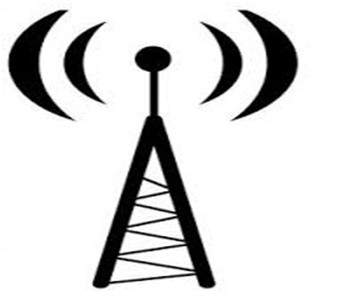Fiddling with an indoor aerial, opening the cupboard door and having to stand in one exact spot and not move are the annoying things that have to be done to get a TV signal upstairs! If your signal is just as inconsistent then it might be worth considering the following things:
It is worth checking the obvious things first like is the cable firmly attached to the TV and the aerial socket and possibly retuning the TV set or set top box which should offer an automatic search function. A common device for boosting an aerial is a mains powered signal booster but this will only help if you are already getting some kind of picture on all channels. This will not help if you are getting nothing.
If your home is close to a transmitter then you might need a signal attenuator designed to reduce signal strength as sometimes your tuner can be bombarded with too much signal. Similarly, TV signals can be sensitive to interference called ‘induction interference’ from things like washing machines, fridges, mobile phones etc so try unplugging things with the TV on and see what improves your picture.

If all these things fail, then you will need to call a professional who can take a look at the aerial in your loft or a roof-mounted aerial. For Cheltenham TV aerial installation visit http://steveunettaerials.co.uk/our-services/aerial-services/tv-aerial-installation/tv-aerial-installation-cheltenham/
Why are these aerials so important? Imagine holding out your hand and catching words, pictures and information as they fly past. Well, in simple terms, that is what an antenna or aerial does. They catch radio waves and turn them into electrical signals that feed into the TV. The transmitter works in the opposite way and turns the information into radio waves to be sent out for aerials to receive.
Many indoor TV aerials are dipoles, in that they are a metal rod split into two pieces. Outdoor aerials have a number of dipoles stretching out from a central rod. Dipoles work in a very directional way and that is why they have to positioned facing the way. They pick up radio waves that are traveling at right angles to them. An aerial’s bandwidth refers to how many frequencies it can detect. The broader the bandwidth, the more radio waves it will pick up which is particularly useful for TV signals. The science behind it is quite fascinating when you think about what happens when you power up your television.
